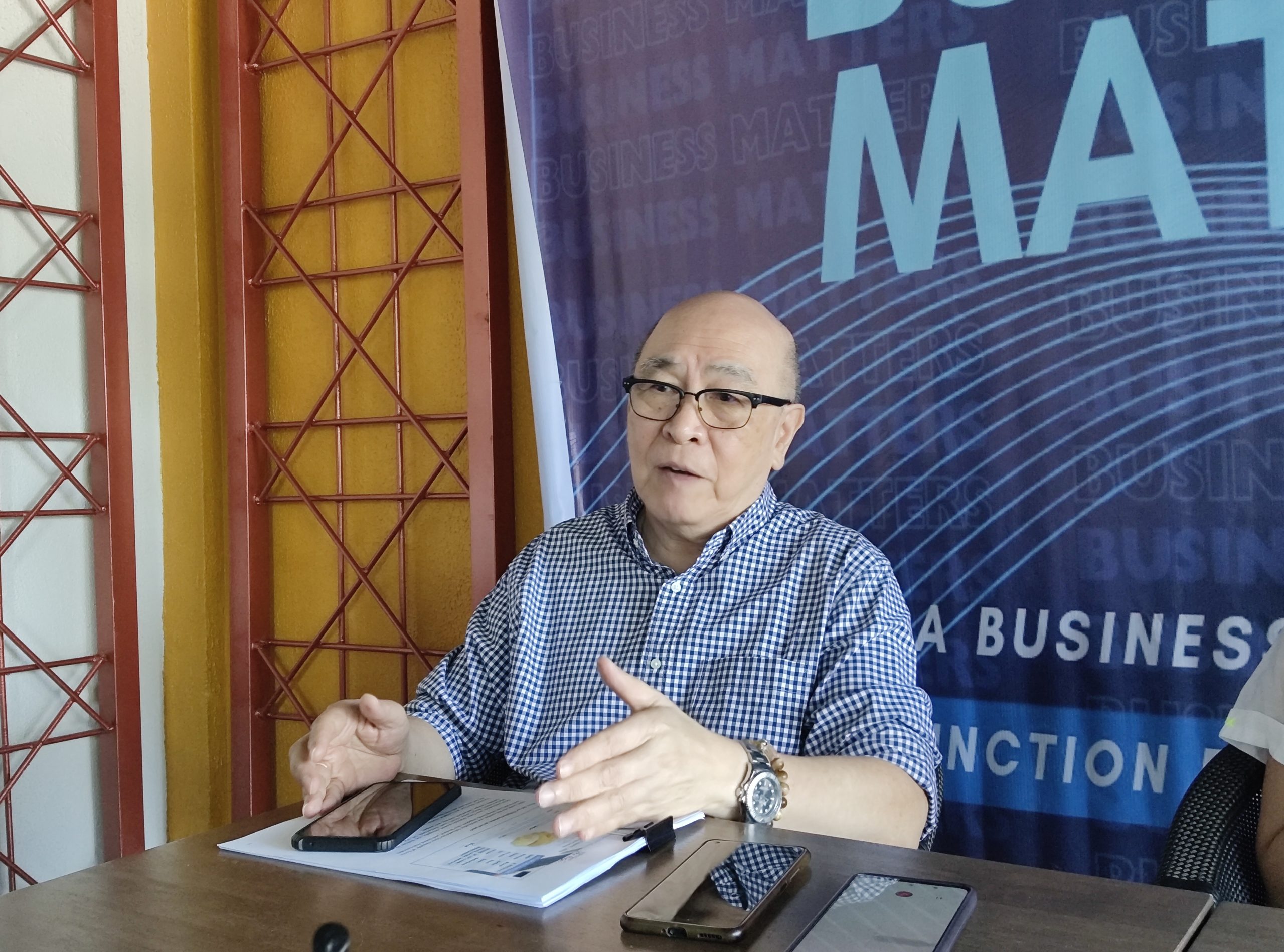THE PILIPINO Banana Growers and Exporters Association (PBGEA) revealed that with the declining production and supply of the banana industry in Mindanao, several workers in the Davao region might soon be affected by the drastic change.
During the Hukad business forum on Sept. 27, Stephen Antig, PBGEA executive director, said about 700,000 individuals are heavily dependent on the industry.
“We’re one of the biggest employers in this part of the country. So we cannot afford to let this industry die for that reason. The banana industry contributed a lot not only to the economic development of Mindanao but we were also instrumental in improving the peace and order by providing employment,” Antig said.
Antig noted that some of the factors affecting the production of bananas are due to the fast spread of fusarium (banana disease), climate change, and the challenge of expanding land hectares for the said crop.
“I’m trying to lobby or get the Department of Agrarian Reform to amend the Agrarian Reform Law because we believe that the limitation of five hectares is simply not feasible for this kind of crop. Unfortunately, we have not gotten any feedback as to whether the amendments are coming or not, but we will definitely continue to lobby twice,” he said.
He shared that banana associations in Mindanao are trying to develop a new variety of bananas that could be resistant to pests and diseases, as rehabilitation of affected lands could take 9 months to a year.
“There will come a time that Mindanao will not be known as the banana republic anymore. As it is we are losing a lot of our markets here to our competitors. Vietnam, Cambodia, Laos, Myanmar, including Ecuador, have the available land that they could expand. Here in Mindanao, we only have more or less 50k ha left from the original 89k a long time ago. And this is simply because of the pests and diseases that have devastated most of these areas,” Antig shared.
He also stressed that as much as the private sector tried to sustain the said industry, support from the government sector is much more needed.
Despite the challenge, Antig however mentioned that they observed improvements in the production as well as the exportation of bananas in the traditional markets like Japan, South Korea, and the Middle East.
Based on the International Trade Centre as reported by importing countries, in the last 10 years, the percentage shares of the Philippine Fresh Banana gradually went down.
“For instance in Japan, while we remain as the biggest supplier, our share of the market in terms of value went down from 94% in 2012 to 79% in 2023,” the statement reads.

